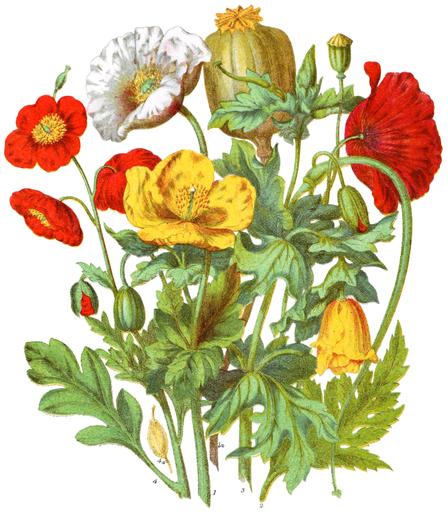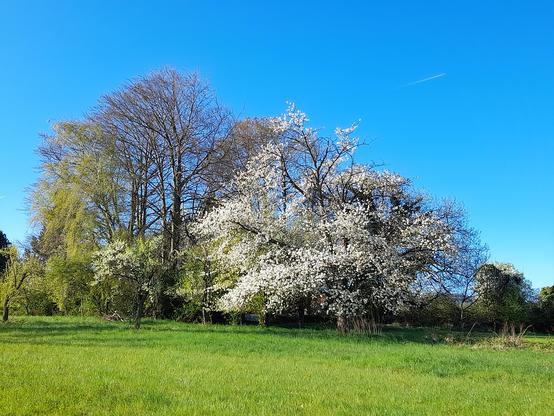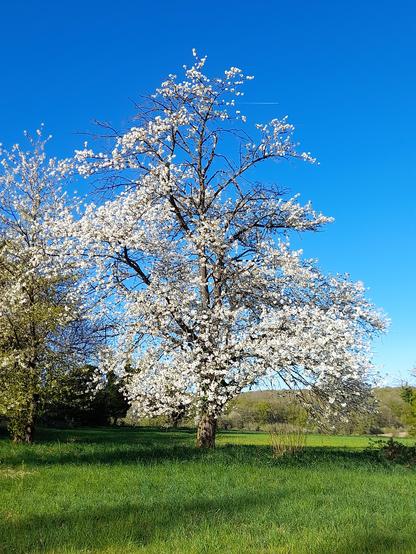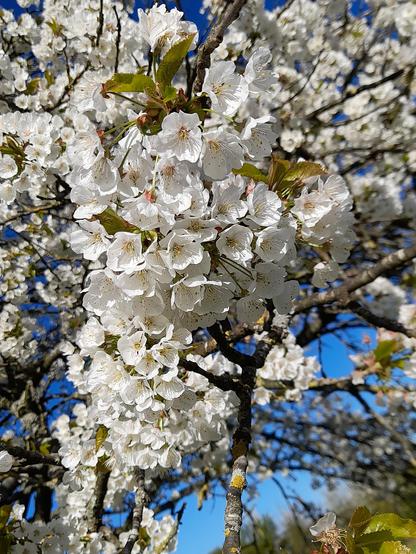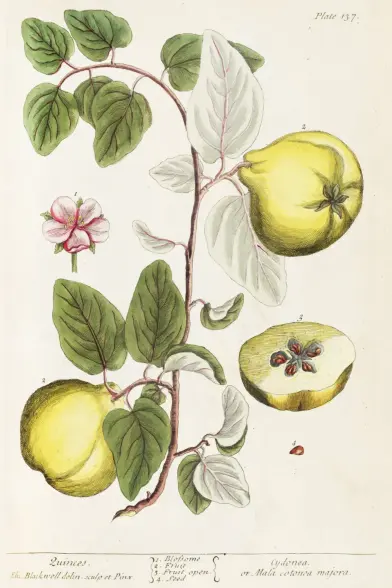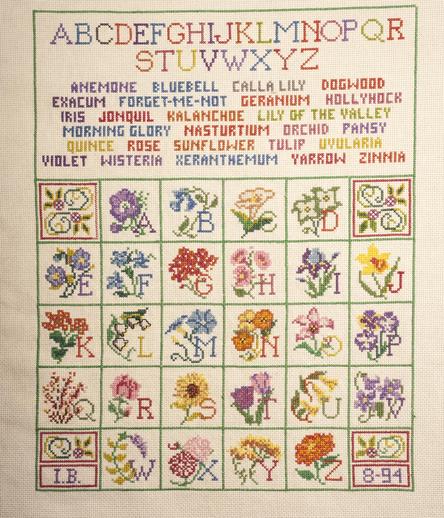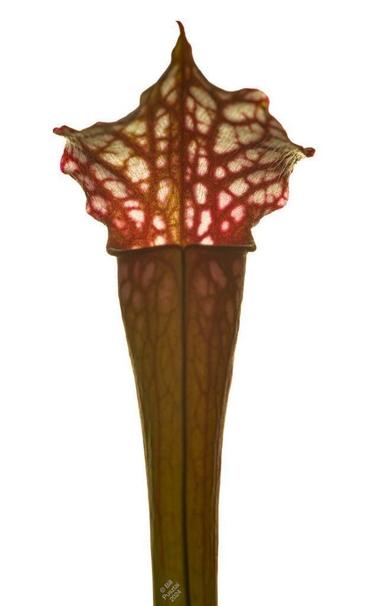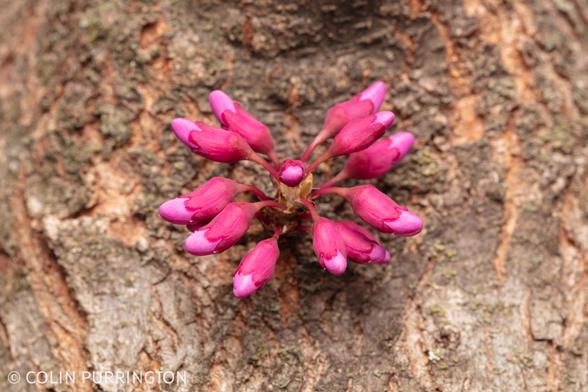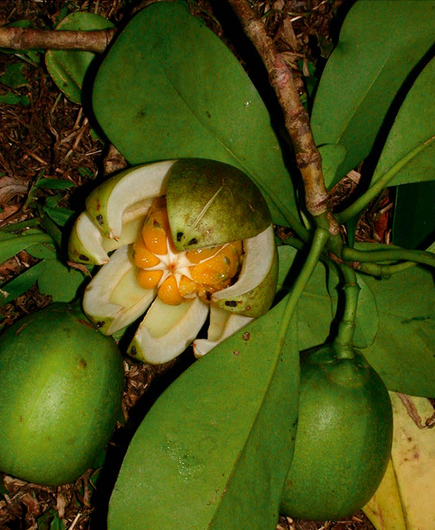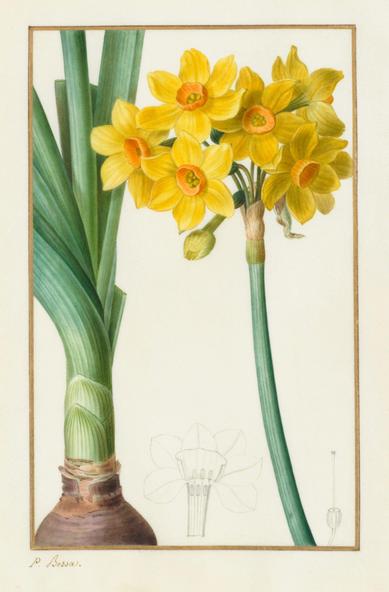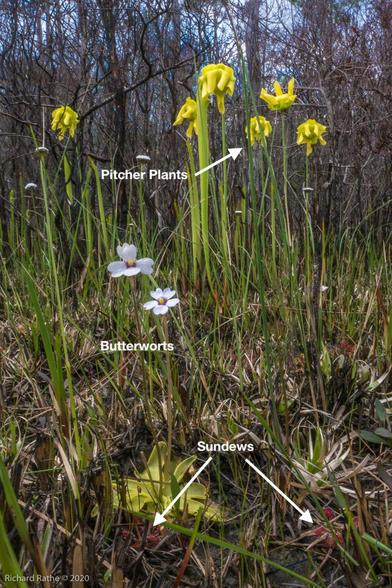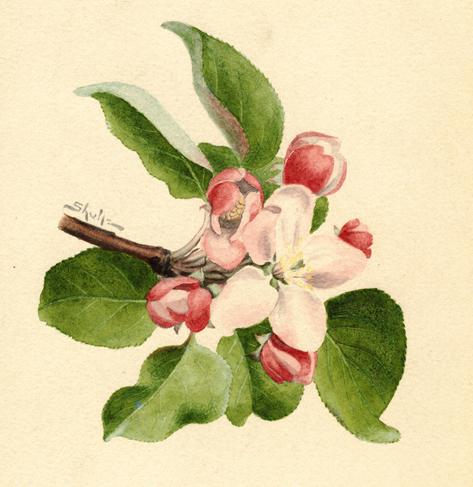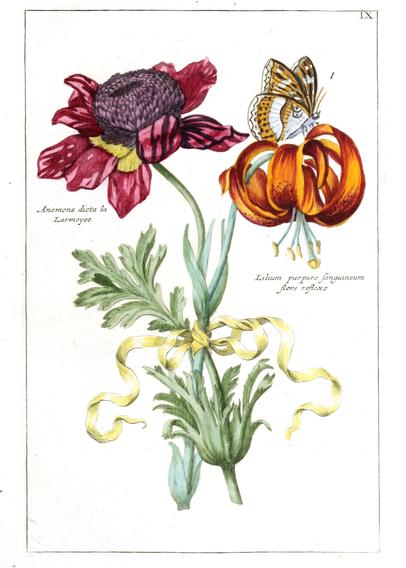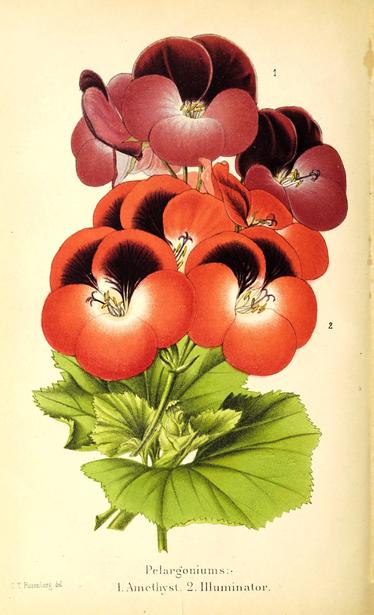One question I often use at book club if the discussion runs down is "what did you learn from this book that surprised you?" For THE LIGHT EATERS: HOW THE UNSEEN WORLD OF PLANT INTELLIGENCE OFFERS A NEW UNDERSTANDING OF LIFE ON EARTH, by Zoë Schlanger, you could ask that question for almost every chapter because it's just a parade of astonishing discoveries about plants. Did you know that:
* Plants that move in response to stimuli, like Venus flytraps and the Mimosa pudica (a.k.a the sensitive plant), are anaesthetized by ether?
* Arabidosis plants react to the sound of caterpillers chewing on their leaves, producing defensive compounds?
* Time-lapse videos of parasitic vines show them twining and 'sniffing' around to find a suitable tree branch?
Another such parasitic vine, the boquila, can shape-shift to a degree, adjusting the shape of their leaves to match the leaves of the tree they're on. It's not clear how they know what shape to take: they will mimic the shape of tree species not native to their South American environment and can also imitate artificial leaves, so it seems like they must be using some form of vision.
Talk of plant responsiveness, or 'intelligence', is tainted by flimsy work in the 1970s that hooked up plants to polygraphs and photographed their auras. The modern work surveyed in this book is therefore pretty cautious, but it presents a growing amount of evidence that plants really are more able to respond to the environment & communicate with each other. I was not expecting to enjoy a book about botany this much!



